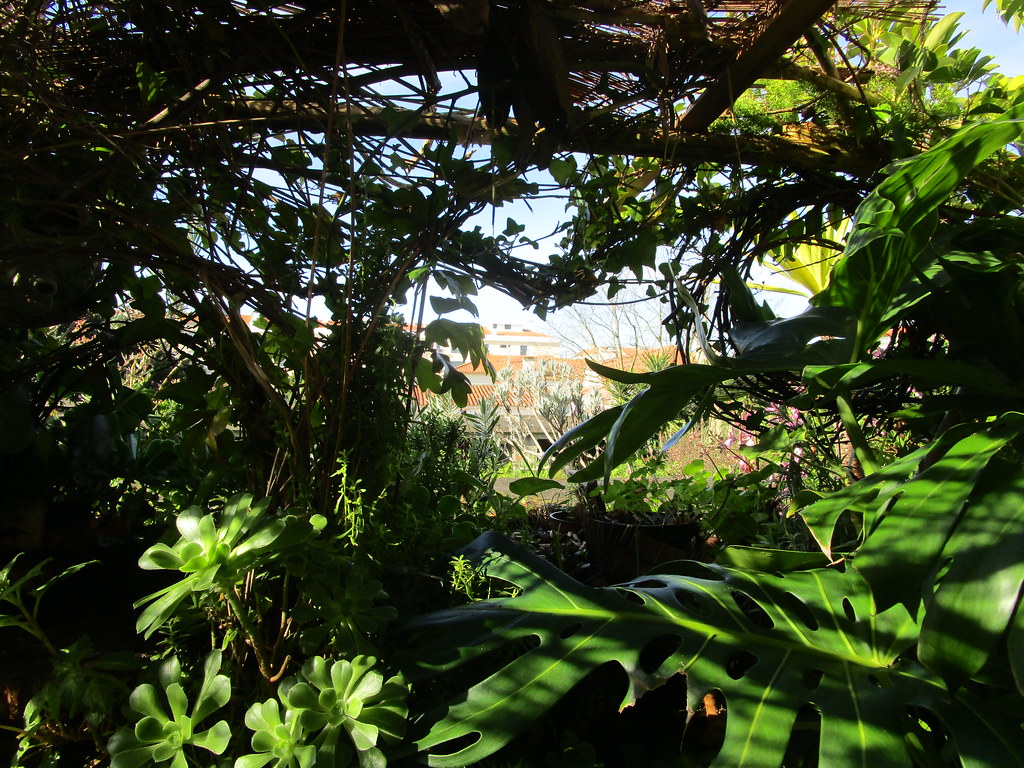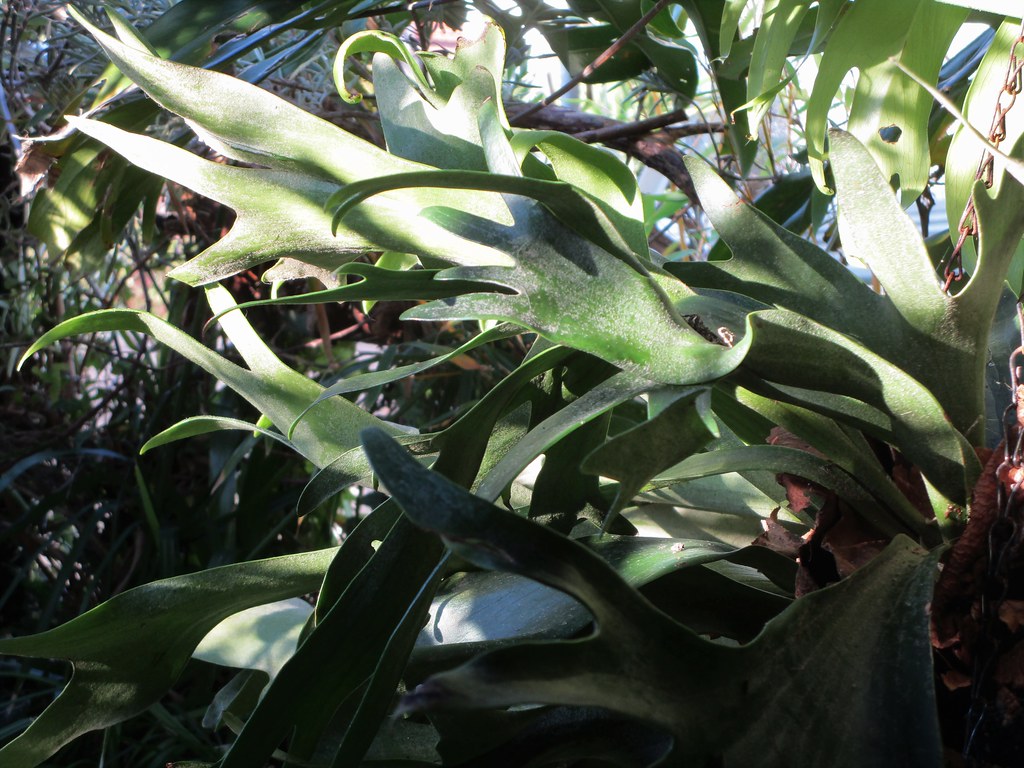
"(...) trees and plants aren´t simply competing with one another. (...) Instead, over millions of years vegetation has built vast collaborative networks to allow the system as a whole to thrieve. And that system includes us." Gary Ferguson, 2019. Eight Master Lessons of Nature. Image by Monica Pinheiro, license CC BY-NC-SA (CC).


































